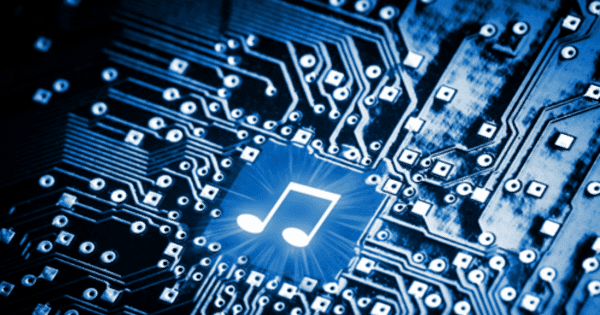“Any sufficiently advanced technology is indistinguishable from magic”- Arthur C Clarke, British Sci-fi writer
The artist checked the sruti and started an alapana. The student listened, appreciated and absorbed every note that she heard. When it was her turn, she put forth, a bit diffidently, her understanding of the raga alapana. The teacher corrected where required and sung a few more snippets to elucidate the flow of the raga. The class got over and both the student and teacher went their ways- 1500 miles apart. The class held over Skype at a mutually convenient time for both the teacher and student who lived on either end of the globe.
 Living in a world fast embracing unlimited connectivity and creative inputs, it is no surprise that technology has found inroads into classical arts. Two critical developments have been contributing factors- creative power afforded by software tools and availability of inspiration and teaching tools on the world wide web.
Living in a world fast embracing unlimited connectivity and creative inputs, it is no surprise that technology has found inroads into classical arts. Two critical developments have been contributing factors- creative power afforded by software tools and availability of inspiration and teaching tools on the world wide web.
Powerbooks, iPad and electronic tamburas in concerts are no longer eye-brow raising events at concerts. In fact, artists actively ponder on how to leverage technology to reach a demographic to break down often unseen boundaries. Online teaching portals such as acharyanet, teacheron, eambalam etc find an active audience who utilize these tools. While their contributions are rising, we need to take a step back to understand the perceived positives and negatives technology brings to the table.
Connectivity and reach

The biggest boon for both teachers and students is two-fold- one the ability to teach from wherever they are thus cutting down on travel logistics and the other is to do away with space constraints of finding a suitable location with its numerous costs. Notes and lessons are shared in real time and hence it’s no longer proximal connect that matters to a good learning experience.
Yet, poor internet connectivity, distractions at home often mar a great learning experience.
Monetising music streaming
Every artist now has access to afford a stage to perform and showcase their talent. Fifteen years ago, this would have been unthinkable given large recording studios were not accessible to all. Someone in China could listen to a country singer in Spain and if he liked the music, go ahead and buy tracks from them. This, in turn, meant royalty payments to artists ensures that musicians get their due for their artistic output.
This has also given rise to a wave of mediocrity which is both accepted and celebrated. Further, this democratization of music has led to shrinking profits given the volume of artists as well as an increasing number of amateur music. You get paid for your tracks, but it does not make all artists rich as those that greatly benefit from these payments are few and far between.
[adrotate group=”9″]
Alternative screen time
For most children, outdoor activities are often found wanting as they sit for hours in front of a screen playing an interesting video game. By introducing easily accessible classes, their screen time can be better utilised.
They are still in front of a computer or laptop and exposure to electronics is not reduced, just redirected.
Increasing creativity
Creating new sound, changing the way musicians compose and produce music, as well as the way recorded, or live music is being delivered to audiences is one of the biggest innovations that have been a direct consequence of technology. Creativity is further inspired by news sounds or new patterns that are available on the world wide web which is much more accessible now.
Creativity or lack of it often inspires plagiarism and more often than not, the music of one artist is plagiarised by another with little or no policing. This means musicians who are copied do not receive any remuneration or recognition for their effort. A thin line exists between creative inspiration and plagiarism.
Attendance
The average age of attendees in most classical concerts saw a dip indicating a new audience who found a connect with the musicians. Electronic tamburas and iPads with the lyrics help make a concert seem more to date and less archaic. Further, live streaming of concerts aided those who could not make it to the venue to actually hear the concert from afar. Virtual or in-person attendance- the increase, either way, serves the concert.
[adrotate group=”9″]
While this is barely scratching the surface, technology has opened many doors both for listeners as well as the musicians. It’s a paradigm shift with profound influence. While aesthetics still defines the music, the production, distribution and reach have significantly morphed to embrace digital technologies. Technology is here to stay and it’s up to us to use it to our advantage.









